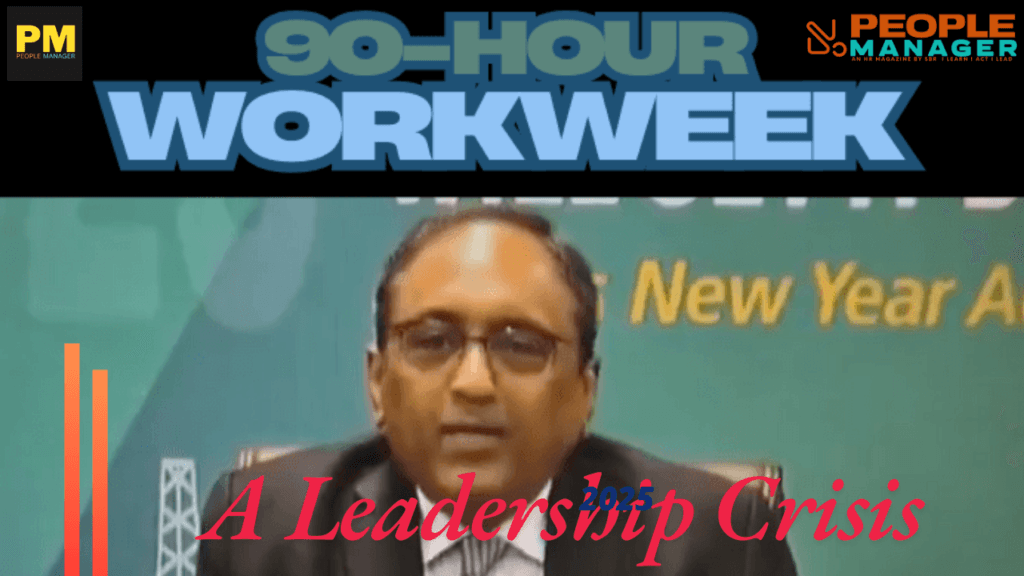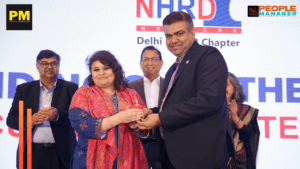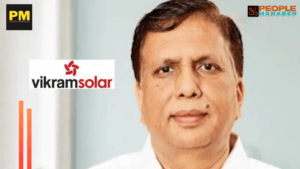90-hour workweek: L&T chief’s medieval mindset exposes India Inc’s leadership crisis
According to Indian labour rules, an adult can work a maximum of 48 hours each week, spread over six days. This is established in the Factories Act of 1948, an important labour legislation in India. Each working day should not last more than 9 hours, and there should be set rest intervals. The law also requires all workers to take a weekly holiday. When employees are obliged to work beyond these limits, they are entitled to overtime pay, which is usually twice the regular rate of pay. These regulations are intended to protect workers' health, safety, and well-being while also preventing employers from exploiting them.

The recent remarks by SN Subrahmanyan, chairman and managing director of Larsen & Toubro (L&T), have sparked significant controversy. His endorsement of a 90-hour workweek and his comments about employees’ personal lives have been widely criticized. This incident highlights a broader issue within India Inc’s leadership mindset, where outdated and illegal labor practices are still being advocated. Subrahmanyan’s justification, citing Chinese work practices, has been seen as a failure in strategic thinking, especially in an era where artificial intelligence and automation are transforming productivity. The backlash from younger professionals and the potential rise of labor unions indicate a shift in workplace dynamics. This moment serves as a critical juncture for Indian businesses to choose between outdated practices and a more innovative, efficient, and worker-friendly approach.
These are the moments when corporate leaders inadvertently drop their carefully cultivated public personas and reveal their true colours. SN Subrahmanyan, chairman and managing director of Larsen & Toubro (L&T), has given us precisely such a moment of clarity. In lamenting his inability to force employees to work on Sundays—complete with an astonishingly tone-deaf quip about spouses ‘merely staring at each other’ at home—Subrahmanyan hasn’t just sparked outrage. His endorsement of a 90-hour workweek, which drew criticism even from corporate peers such as RPG Group’s chairman, Harsh Goenka, has provided a masterclass in everything wrong with India Inc’s leadership mindset.
The breathtaking arrogance of advocating a 90-hour workweek in 2025 would be almost comical if it weren’t so dangerous. Let’s put this in perspective: fifteen hours daily for six days, or twelve-plus hours seven days a week. This isn’t just a violation of basic human dignity—it’s brazenly illegal under Indian labour laws. That the head of one of India’s largest conglomerates can so cavalierly dismiss worker protection legislation speaks volumes about the impunity with which corporate India’s aristocracy operates.
Subrahmanyan’s attempt to justify this medieval vision by invoking Chinese work practices is particularly rich. It’s the corporate equivalent of suggesting we solve traffic congestion by making cars longer rather than building better infrastructure. In an era where artificial intelligence and automation are revolutionising productivity, his solution is simply to demand more human hours—a stunning admission of intellectual bankruptcy in strategic thinking.
But perhaps we should be grateful for this moment of unvarnished truth. Subrahmanyan has inadvertently exposed the yawning chasm between India’s corner-office elite and ground reality. While one might charitably assume he intended to champion hard work and dedication, his framing was spectacularly tone-deaf. His remarks about spouses weren’t just sexist; they displayed a stunning ignorance of middle-class reality. For most working professionals, weekends aren’t about idly gazing at their partners—they’re about tackling the mountain of household responsibilities that accumulate during the workweek. Unlike Subrahmanyan, cocooned in his bubble of privilege with domestic staff at his beck and call, the average employee can’t outsource their personal lives.
The timing of this controversy is exquisite. As India positions itself as a global technology and innovation hub, here’s a premier engineering company’s chief essentially advocating sweatshop practices. We’re not in the 1970s anymore, when job scarcity forced employees to endure whatever conditions employers imposed. Today’s workforce, dominated by Gen Z professionals, views work through an entirely different lens—prioritising flexibility, mental health, and work-life balance.
What’s fascinating is how this controversy illuminates the generational warfare brewing in corporate India. The swift and savage social media backlash demonstrates how digital platforms have democratised workplace discourse. The old guard’s pronouncements no longer go unchallenged; their authority is no longer absolute. Gen Z workers, armed with options and amplified by technology, are rewriting the employer-employee social contract.
Corporate leaders would do well to study their history. The exploitation of industrial-era workers sparked the rise of labour unions, fundamentally altering workplace dynamics. With unions already gaining ground in India’s IT and BFSI sectors, one wonders if dinosaur-like attitudes such as Subrahmanyan’s might accelerate similar movements across industries. This moment represents a crucial crossroads for Indian business. Two competing visions of Asian economic development stand in stark contrast: one emphasising raw work hours and intensity, as referenced in Subrahmanyan’s China example, and another prioritising innovation, efficiency, and worker wellbeing. India must choose its path forward.
Perhaps most tellingly, Subrahmanyan’s remarks betray a fundamental misunderstanding of modern productivity. Innovation, creativity, and breakthrough thinking—the very elements needed for corporate success—rarely emerge from exhausted minds working marathon hours. It’s about recognizing that productivity and worker wellbeing aren’t competing priorities but complementary forces.
For leaders such as Subrahmanyan, the choice is stark: evolve or become cautionary tales in management textbooks. In this era of democratised discourse and mobile talent, the market will render its verdict swiftly—and it’s increasingly clear which way the wind is blowing. The question isn’t whether such leadership dinosaurs will become extinct, but how much damage they’ll do to their organizations before they go. For further insights into the evolving workplace paradigm, visit
- 𝐕𝐢𝐫 𝐁𝐡𝐚𝐫𝐚𝐭 𝐓𝐚𝐤𝐞𝐬 𝐎𝐧 𝐭𝐡𝐞 𝐌𝐚𝐧𝐝𝐚𝐭𝐞 𝐨𝐟 𝐒𝐞𝐜𝐫𝐞𝐭𝐚𝐫𝐲, 𝐍𝐇𝐑𝐃𝐍 𝐃𝐞𝐥𝐡𝐢 & 𝐍𝐂𝐑 𝐂𝐡𝐚𝐩𝐭𝐞𝐫 𝐟𝐨𝐫 𝟐𝟎𝟐𝟓–𝟐𝟎𝟐7 - December 6, 2025
- Suvarna Nikam On How AI-First Campaigns are Reinventing Employee Experience? - November 28, 2025
- How Siemens India is redefining workforce transformation by embedding HR at the strategic core ? - October 28, 2025










These are just not only the remarks of the head of India’s largest conglomerates, but every top brass in India thinks the same way at the back of their mind. Instead of focussing on productivity, automation and process improvement, their main objective is to get the additional work done at the cost of employee health and personal time which is evident from the attrition in Indian companies. Additionally, most of the CHRO/HR Head echo such practices in the name of business expansion and restructuring most the time.
In one of the organisation I worked, the CHRO used to send message to complete work after 10 PM in the night and on weekly offs/Holidays and when the issue regaring wellness/work-life balance was highlighted his plain renspose was that he had been appointed as Head of Department by the CEO and it is his responsibility to get the work done at any cost and he will continue doing so. Even highlighting the issue with the CEO and even after raising concerns through Whistle Blower and to the Board, there was no change in the way CHRO operated which resulted in attrition touching 80% in HR Department. This clearly shows that even Top Management and Board members are giving a deaf ears to such unethical practices in the the organisations.